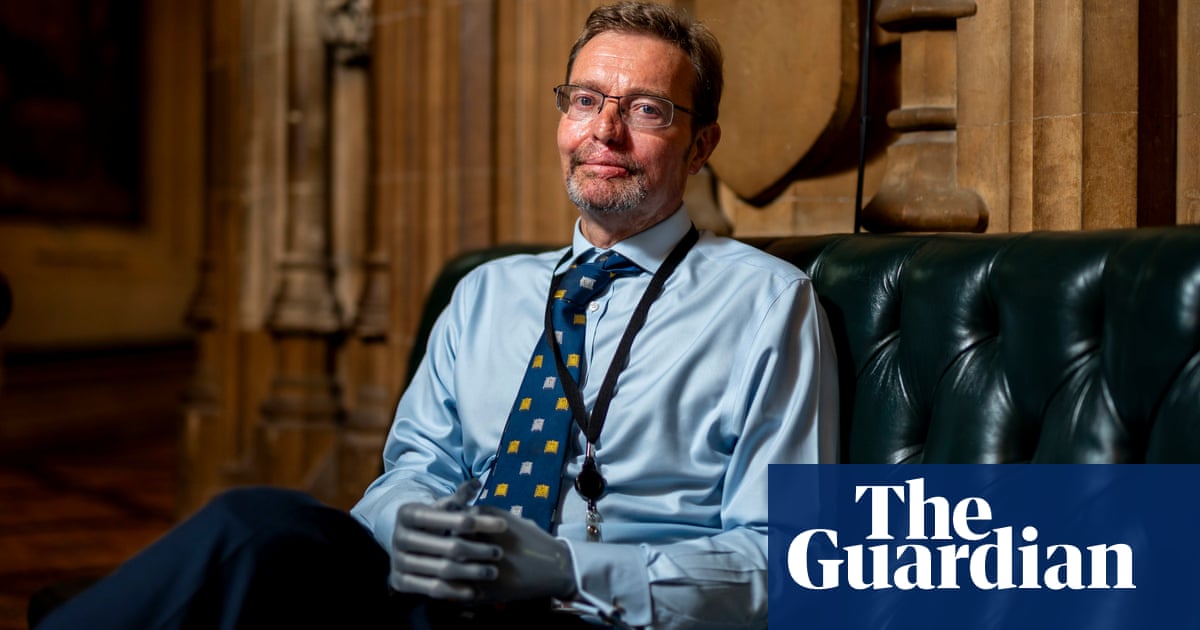
You can tell a lot about a place from the local cemetery. I make a point of visiting them whenever I travel somewhere new. You’d never catch me reading a history book; I find them deadly boring. But the texture of a place comes to life in the dates, recurring family names and professions inscribed on gravestones. Highgate Cemetery in north London, for example, has many graves inscribed with Oxon or Cantab, meaning their owner graduated from either Oxford or Cambridge university.
And the plaques dedicated to the power players whose bodies reside in opulent tombs can tell so many stories: what the main industries have been, what the values of a place are, whether there have been major conflicts and in what era. The Monumental Cemetery in Milan, for example, has several ornate statues built to honour the legacy of drinks dynasties such as the Campari family.
Beyond information about places, there are so many life lessons in the cemetery. There is a saying “Nobody on their deathbed ever said ‘I wish I had spent more time at the office’”. But it is common to see someone’s profession marked in the inscription on their grave. This tends to be Actress, Poet, or “The sound engineer with the Ferrari” (this is real) more often than accountant, but it still says something about the value people put on the legacy they leave behind, and what we might regret, that they leave it at all. Maybe nobody lies dying, wishing they had spent more time hunched over their computer in an open-plan office, but perhaps they wonder what it would have meant to chase their dreams of becoming a sports star or creating something beautiful.
I’m always interested in the graves of people who lived into their 70s or beyond in the 1800s. A bizarre sentence to write, but the average lifespan in the UK currently is 82. My own relatives don’t tend to live into their 70s, let alone 80s (long may my grandma continue to buck this trend).
On a recent trip to Highgate Cemetery, I spotted a square plinth of a gravestone with a statue of a lion perched on top. Its paws were folded neatly over each other. The inscription said: “In The Memory of George Wombwell (Menagerist) Born 24th December 1777, Died 16th November 1850. Wombwell seemed interesting beyond how long he lived. Menagerist? What did that mean back then? I looked him up and discovered he founded something called Wombwell’s Travelling Menagerie. In the early 1800s he bought a pair of snakes from a ship from South America for £75 – about £6,500 in today’s money. He exhibited them in pubs and made good money, and so began buying exotic animals from other ships from Africa, Australia and South America until he had a large collection.
He founded Wombwell’s Travelling Menagerie in 1810 and began touring the country. By 1839 he had 15 wagons of animals. There were elephants, giraffes, a gorilla, a hyena, leopards, lions, monkeys, panthers, and other similarly exotic animals. There is something transportive about imagining how strange a leopard must have looked to ruddy-faced Victorians, in their petticoats and corsets.
In our era of ubiquitous, instant, high-quality photography, it is very hard to imagine the experience of not knowing what something looks like, or seeing something for the first and only time. I had seen pictures of leopards before I saw one in the zoo, and I can look at the pictures again any time I want; this isn’t exactly the same as seeing one in real life, but it does diminish the excitement of the experience. Even the people who pay to go into space already know what it looks like. Is this a loss or a gain for the human experience? Or both at the same time?
The graves in cemeteries can be a gateway to this kind of information; the general sense of what it means to be a person and how this has changed over the decades and centuries. But of course they hold deeply personal information too: the statue on top of George Wombwell’s grave is of a particularly docile lion he raised himself, named Nero.
There is simply so much life in a cemetery. Life in the sense of the general human experience, our varied attempts to make some mark on the world, the commonality in what it all boils down to: relationships, work, finite time. But in the specific sense too, in that nobody’s life is replaceable to the people who know and love (or even hate) them.
Grave inscriptions try to convey the meaning of that specificity. A while ago in Highgate Cemetery I spotted Alexander Litvinenko’s, the Russian defector who was poisoned in 2006. His inscription says: “To the world you are one person, but to one person you are the world.” A version of this message is common, but even within the constraints of the form, people still find inventive ways to say it. One powerful option I have seen is simply a name, no dates or any other words, as if the name says it all. My favourite so far is not on a grave but a bench in Washington Square Park in New York: “He lived all his life surrounded by fools.”
Rachel Connolly is a London-based journalist from Belfast












